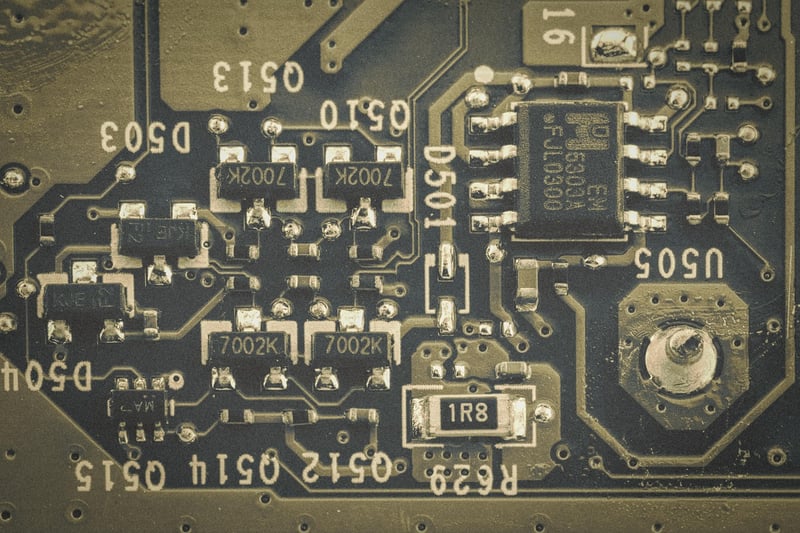Technological Signatures
The Importance of Technological Signatures in Signal Processing
When it comes to signal processing, the concept of technological signatures plays a crucial role in analyzing and interpreting various types of signals. Technological signatures are unique characteristics or patterns embedded in signals that can provide valuable information about the source, transmission, or processing of the signal.
Understanding Technological Signatures
Technological signatures can manifest in different forms depending on the type of signal being analyzed. In the context of communication signals, technological signatures may include modulation schemes, error correction codes, or encryption techniques used to transmit data securely. In the case of image or video signals, technological signatures could be specific patterns related to compression algorithms or image processing filters.
Applications in Signal Processing
The detection and analysis of technological signatures are essential in various fields, including telecommunications, surveillance, and cybersecurity. By identifying and understanding these signatures, signal processing experts can enhance signal detection, classification, and interpretation capabilities.
Telecommunications
In telecommunications, recognizing the technological signatures of different modulation techniques can help improve signal reception and decoding processes. By identifying the modulation scheme used in a signal, communication systems can adapt their parameters to optimize data transmission.
Surveillance
Technological signatures are also valuable in surveillance applications, where the identification of specific signal processing algorithms can aid in tracking and analyzing audio or video signals. This capability is particularly useful in security monitoring and forensic investigations.
Cybersecurity
Understanding the technological signatures associated with encryption methods is critical in cybersecurity to detect and prevent unauthorized access to sensitive data. By recognizing the encryption techniques used in digital communications, cybersecurity professionals can develop more robust defense strategies.
Challenges and Future Prospects
While technological signatures offer significant advantages in signal processing, there are challenges associated with their detection in complex signal environments. Researchers are continuously exploring advanced algorithms and machine learning techniques to improve the identification and extraction of technological signatures from signals.
As technology evolves, the study of technological signatures will continue to play a vital role in enhancing signal processing capabilities across various domains, leading to more efficient communication systems, advanced surveillance technologies, and robust cybersecurity measures.

